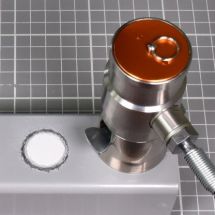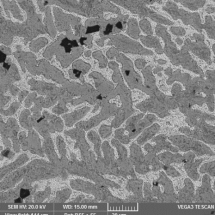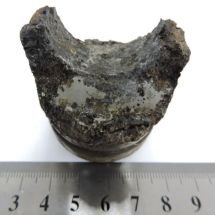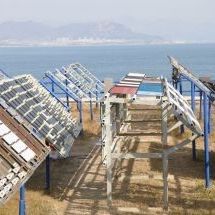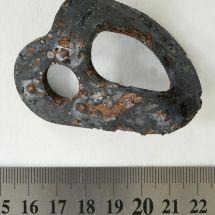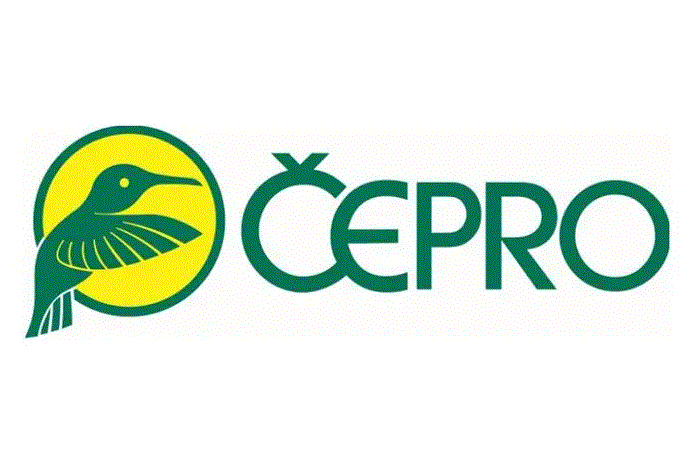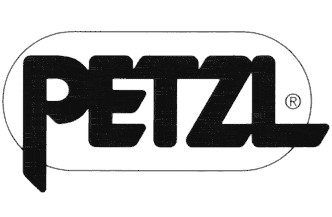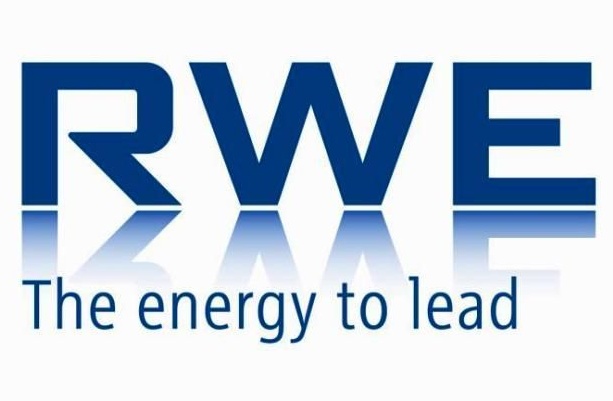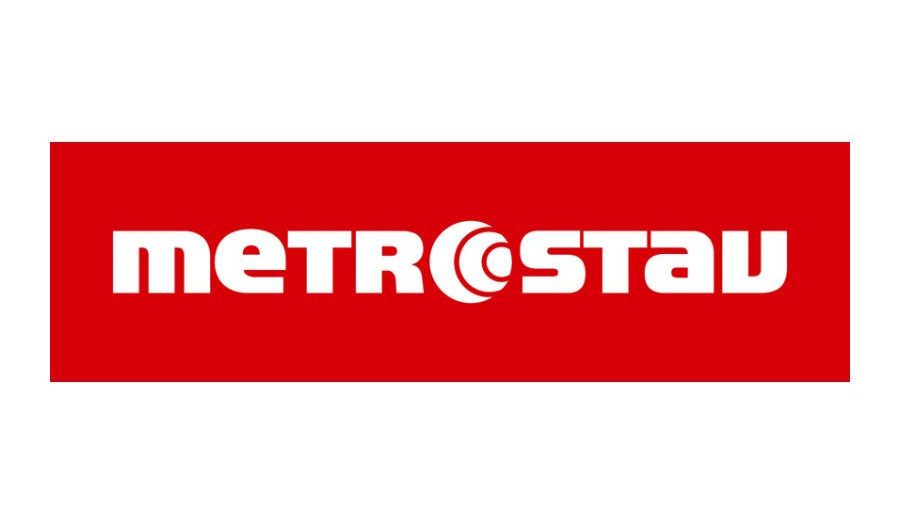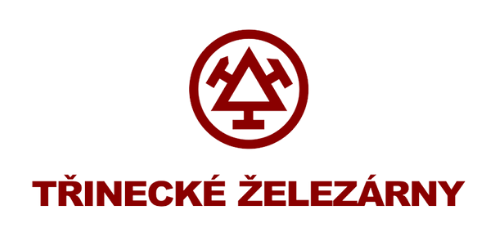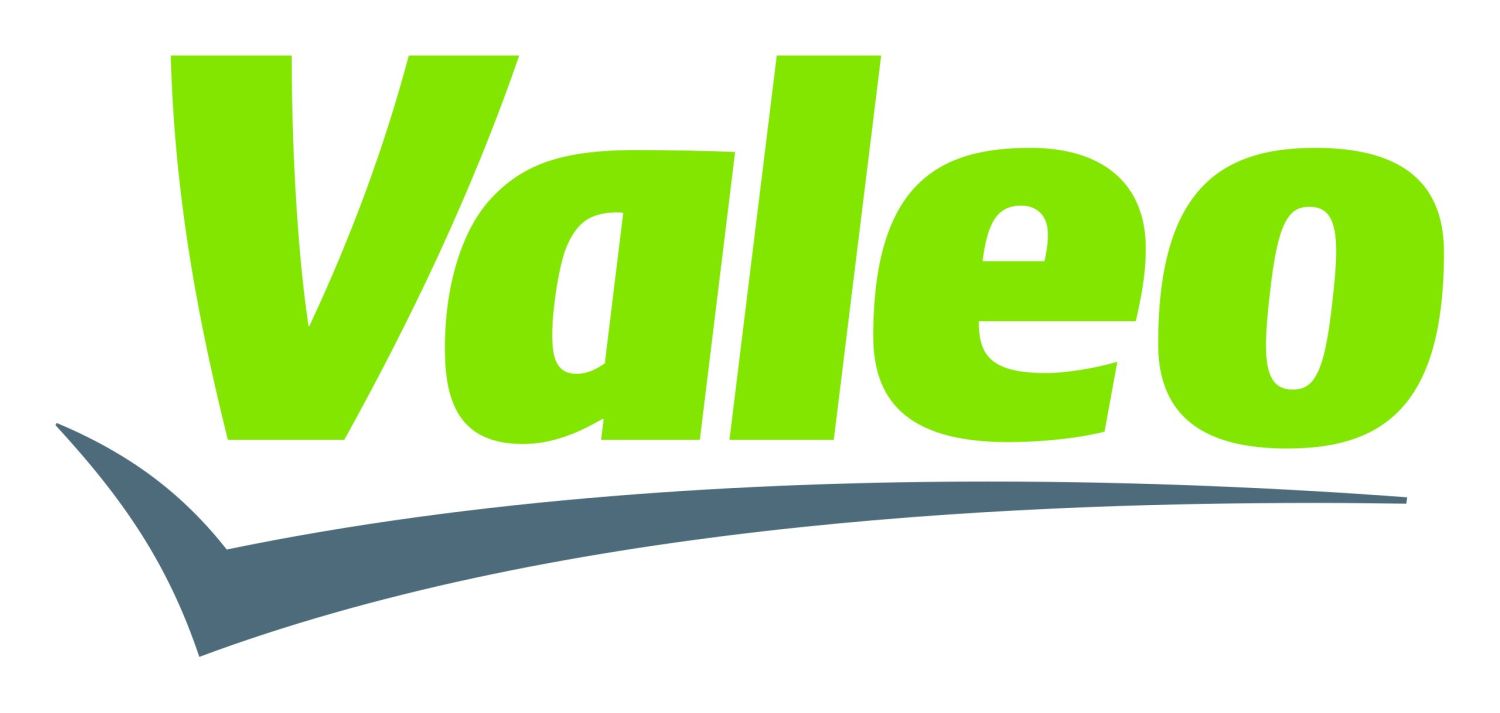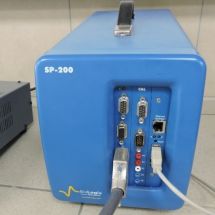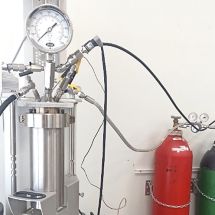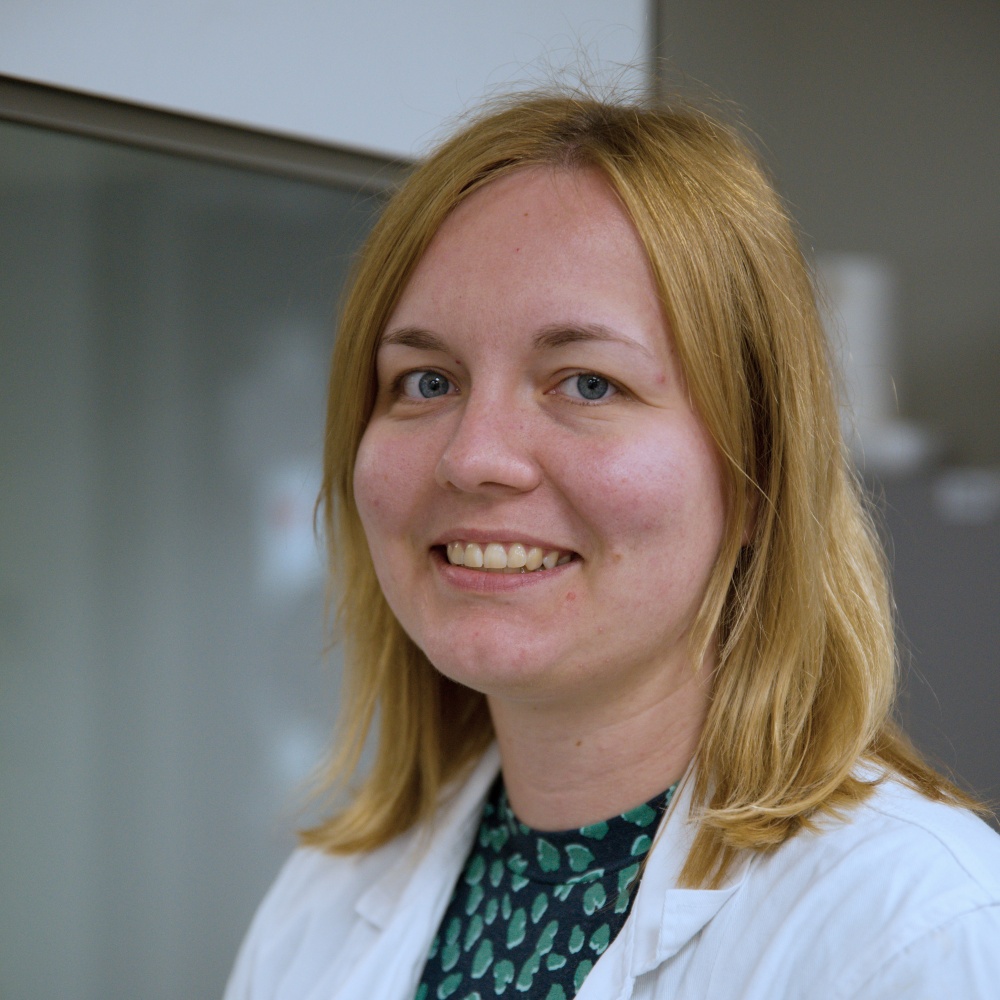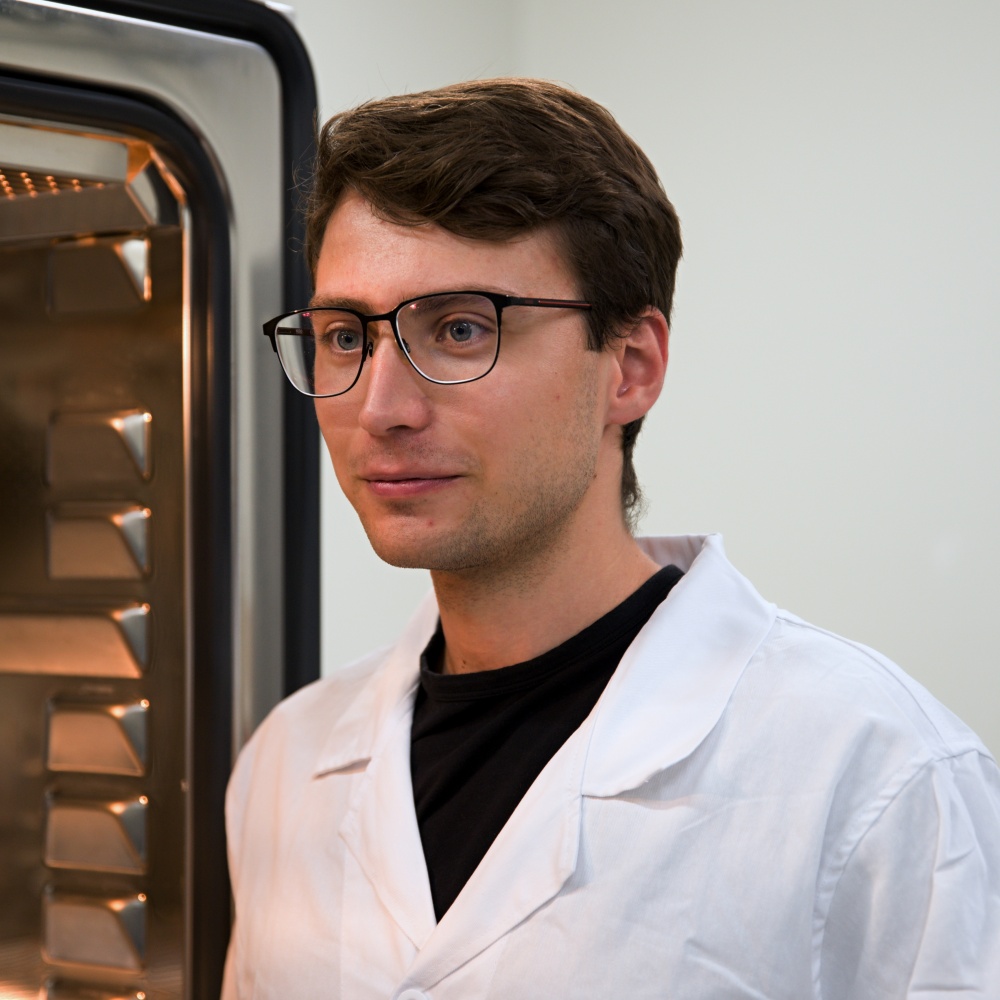Our group provides research and development, testing and consultancy services in the field of corrosion and corrosion protection of metallic structures and devices. Our goal is to help customers from industry and research institutions to prevent corrosion failures and minimize costs incurred by corrosion.
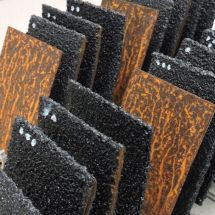 |
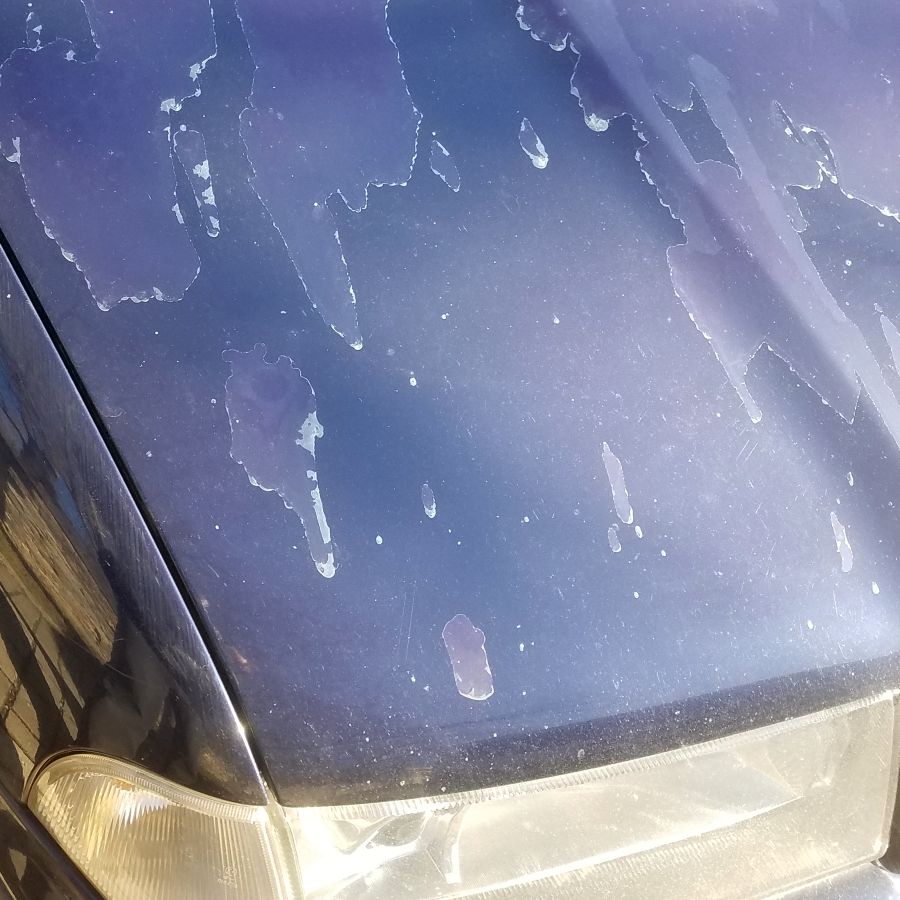 |
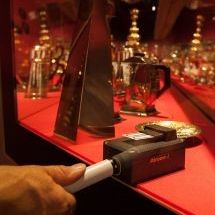 |
|
Our laboratory equipped with modern chambers for cyclic corrosion testing will help you to reduce the negative effects of corrosion of materials. In addition to standardized tests, we can also design specific procedures simulating non-traditional environments and applications. |
Polymers and other organic materials degrade under exposure to ultraviolet (UV) irradiation. Simulation of outdoor and indoor conditions in chambers for accelerated weathering allows for durability assessment of e.g. plastics, paints, leather and paper. |
In order to optimize corrosion protection measures, it is necessary to know the actual corrosiveness of the environment. Otherwise, there is a risk the corrosion protection being inadequate or excessive. |
|
|
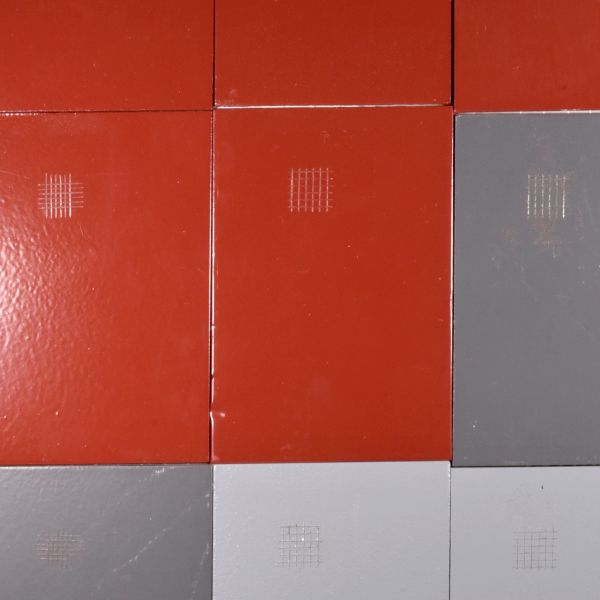 |
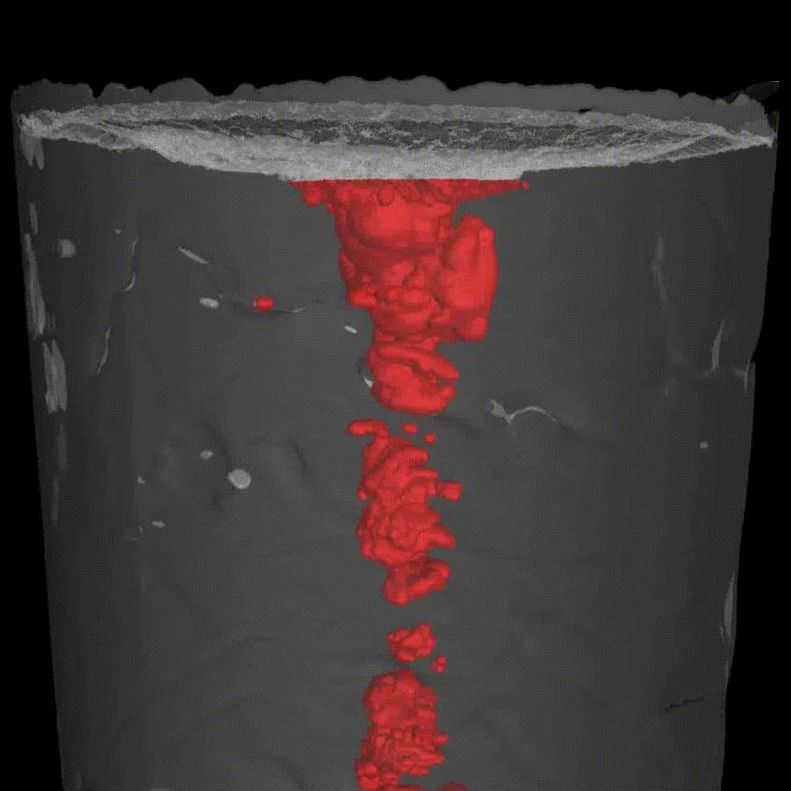 |
|
→ Adhesion and long-term stability of adhesives
Adhesion tests such as pull-off, T-peel, 90 and 180 degree peel, tensile lap-shear strength determination and others in relation to weathering and chemical resistance of adhesive joints.
|
→ Durability of paint systems according to EN ISO 12944
Determination of durability of paint systems for corrosion protection of steel structures in atmosphere, water or soil with given corrosivity classification. |
We apply of a powerful microtomograph with high resolution in material research and failure analyses. Visualization of internal defects, multimaterial analyses, porosity assessment, shape analyses and in situ studies of defect growth. |
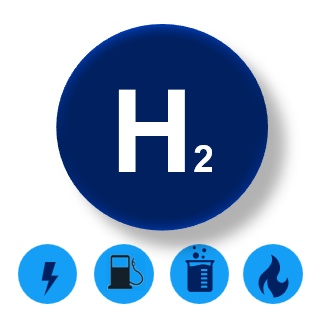 |
|
|
|
Are you active in production, transport, storage, or application of hydrogen? Are you concerned about material reliability in contact with this fascinating gas? Then, our expertise and well-equipped hydrogen laboratory are at your service. |
Research and development in corrosion with a focus on atmospheric corrosion Development of metallic and organic coatings and duplex coating systems and study of their corrosion mechanisms, stress corrosion cracking, hydrogen embrittlement, protection of metallic objects of cultural heritage, electrochemistry.
|
Consultancies and expert activities Selection of optimal material or construction design, design of a corrosion protection system, expert’s reports on causes of corrosion failures, lifetime estimates. |
|
|
|
|
|
Exposures at atmospheric field sites We will place your samples at our outdoor weathering sites in Kralupy nad Vltavou (urban site) and in Ostrava-Radvanice (industrial site with the highest sulphur dioxide pollution in the Czech Republic). We can also arrange exposures at partner stations in the Czech Republic and other countries. |
Testing of corrosion and stress corrosion cracking durability of climbing anchors Accredited laboratory to test and classify corrosion resistance of permanent rock anchors according to Standard 123 of UIAA, International Climbing and Mountaineering Federation.
|
|
Corrosion is defined as a physicochemical interaction between a metal and its environment that results in changes in the properties of the metal, and which may lead to significant impairment of the function of the metal, the environment, or the technical system, of which these form a part. Thus, it is not only about the loss of functional (mechanical, heat transfer, electrical, aesthetic) properties of metallic constructions or parts – corrosion often leads to release of undesirable corrosion products or metal ions to the environment, which might be of utmost importance in case of e.g. biomaterials in human body or pollution in food and drug production.
Besides uniform corrosion exemplified by atmospheric corrosion of steel and cast iron, there is a number of irregular forms of corrosion degradation: galvanic corrosion at contact of two different metals, pitting and crevice corrosion, intergranular corrosion, exfoliation of aluminium alloys, selective corrosion, stress corrosion cracking, fatigue corrosion, hydrogen embrittlement, tribocorrosion and others. Impact of irregular forms of corrosion is generally more dangerous as constructions or components in an apparently good state can fail unexpectedly.
Corrosion losses can be minimised using a number of well-accepted techniques, such as optimal material selection, corrosion inhibition, electrochemical protection, coating application and construction design modifications. A large part of corrosion problems can be avoided by consistent application of currently available knowledge and corrosion protection methods, in particular in the design, planning, and preparation phases. Further savings are possible when progressive materials and technologies are applied. Our team of corrosion engineers is ready to provide initial courtesy consultations and collaborate in your projects.
Selected projects
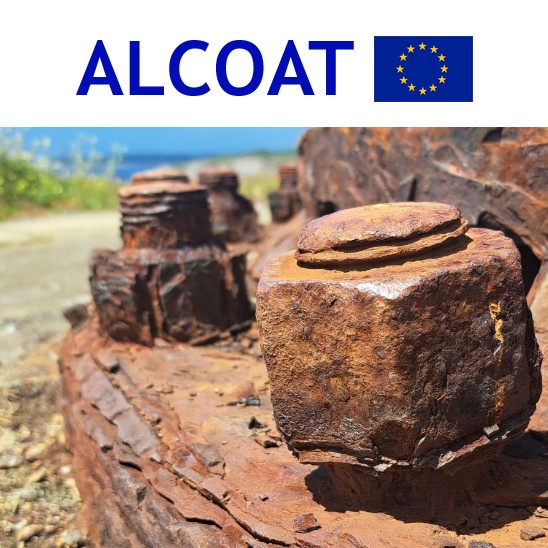 |
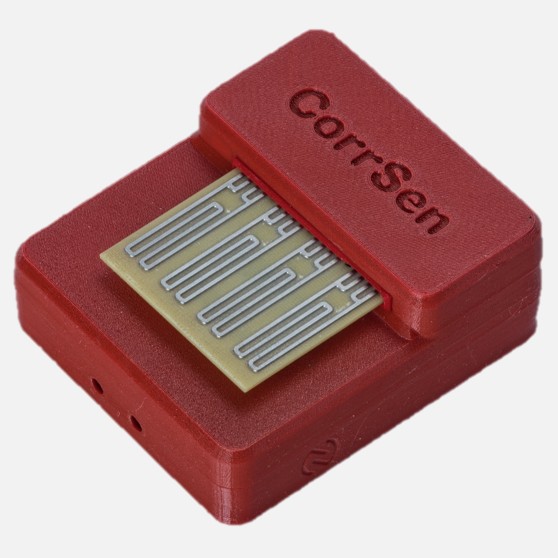 |
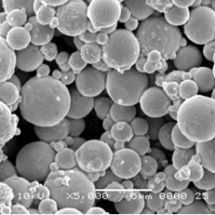 |
| Recycled aluminium alloy coatings with chemically tailored electrochemical potential for safe protection of steel structures, ALCOAT (Research Fund for Coal and Steel, 2023–2027). Alloyed aluminium coatings for thermal spraying and hot dip galvanizing. | Development of a system for monitoring of corrosion under insulation (TAČR TREND, 2025–2027). Wireless devices CorrSen for continual corrosion monitoring will be certified for Ex IIC and adapted for detection of corrosion under insulation especially in petrochemical industry. | Technology for production of paint systems for corrosion protection from recycled materials, ZincTechPaint (COREZINC, OP TAK, 2023–2025). Development of innovative heavy-duty corrosion protection paints filled with recycled zinc powder. |
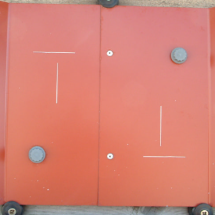 |
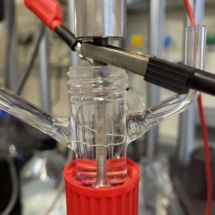 |
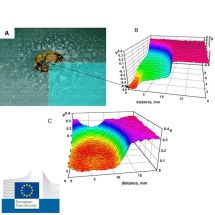 |
| Long-term resistance of pre-painted steel sheets, LongTermCoil (ArcelorMittal, 2017–2024). Study of the representativeness of outdoor exposures of ECCA panels and the mechanism of degradation of duplex coatings for the protection of steel roofing. |
The role of precipitates in hydrogen transport and hydrogen embrittlement of Al alloys (Grant Agency of the Czech Republic, 2023–2025). Understanding and quantification of the effect of precipitates on the hydrogen diffusion and trapping and mechanism of hydrogen embrittlemen in Al-based alloys. |
Modelling of hydrogen activity from atmospheric corrosion in ultra-high strength steels for light structure application, AtHyCor (Research Fund for Coal and Steel, 2021–2024). Development of a simulation tool that can model hydrogen entry and distribution into coated ultra-high strength steel. |
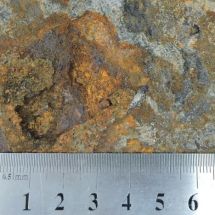 |
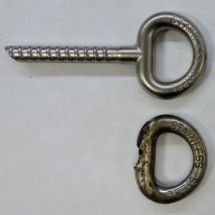 |
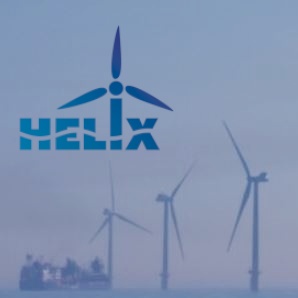 |
| Mechanism of corrosion degradation of oil pipelines (MERO, 2017–2022). Study of the causes of corrosion damage of pipeline inner walls and design of corrective measures. | Classification system for climbing anchors (UIAA - International Climbing and Mountaineering Federation, 2016–2022). Determination of causes of corrosion damage to permanent stainless steel anchors and development of a new classification system. | Hydrogen embrittlement resistant new steel links solutions for off-shore wind turbines, HELIX (Research Fund for Coal and Steel, 2022–2025). Development of high diameter (M64+) fasteners made of high strength steel for large off-shore wind turbines. |
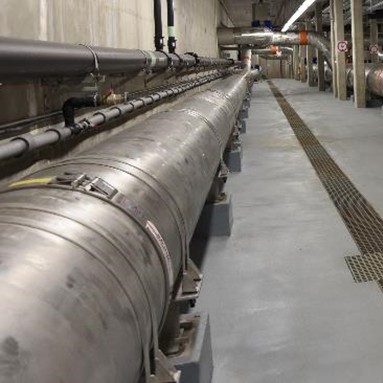 |
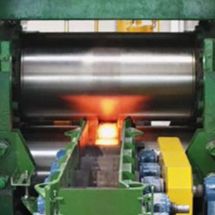 |
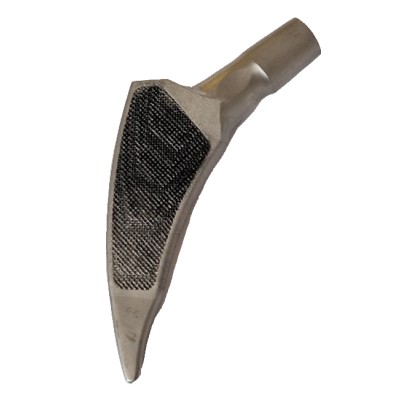 |
|
Technology for optimization of the surface state of high alloyed stainless steels (FK System, OP TAK 2023–2025). Optimization of the procedure of chemical pickling and developement of a system for monitoring the state of pickling baths in real time. |
Mn austenitic stainless and non-stainless steels for hydrogen applications: Production, transport and storage, HYSTORY (Research Fund for Coal and Steel, 2024–2027). Development of new steel grades for hydrogen applications in fuel cells, transport and storage. | Engineering of biological and bioinspired systems, MEBioSys (OP JAK, 2023–2028). Project of bioengineering supervised by VUT Brno. Participation into a block aimed at hybrid and composite biomaterials. |
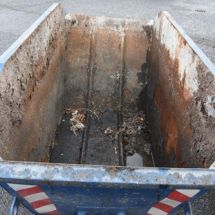 |
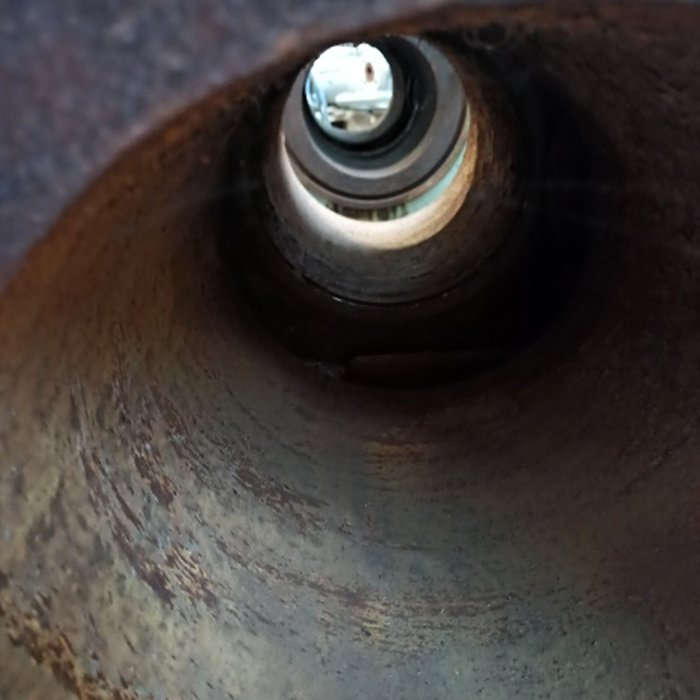 |
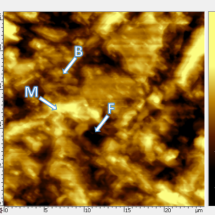 |
| Application of thermoplasts for lifetime prolongation of metal containers for industrial use (UNO Praha, programme Aplikace VII, OPPIK, 2021–2023). Development of plastic-metallic corrosion-resistant containers for waste storage. | Determination of limit hydrogen concentration in a mixture with natural gas for safe use of underground gas storage facilities (ITAM CAS, SVÚM, RWE Gas Storage CZ; TAČR Théta, 2023–2025). Effect of hydrogen on steel mechanical properties. | Hydrogen embrittlement of high strength steels (voestalpine Stahl, 2016–2027). The relationship between atmospheric corrosion, the danger of hydrogen entry into the structure of advanced high strength steels and the brittle fracture. |
Selected customers
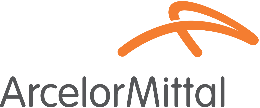 |
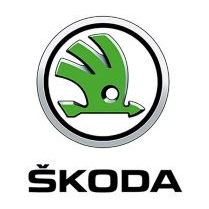 |
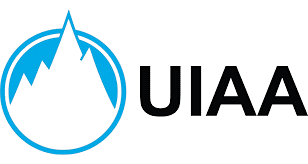 |
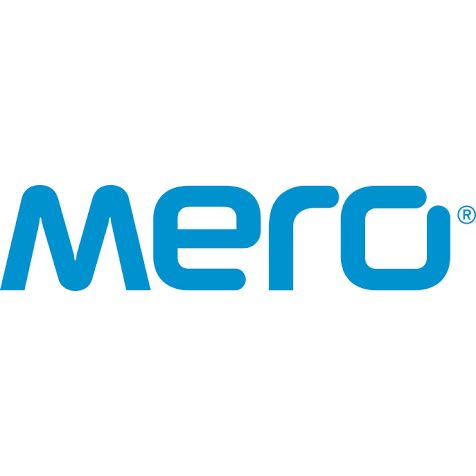 |
|
|
|
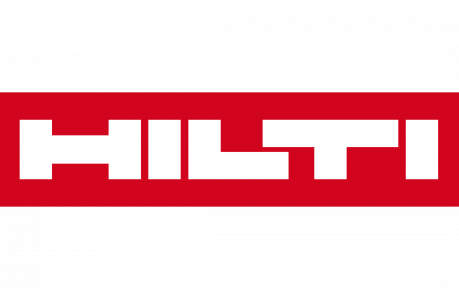 |
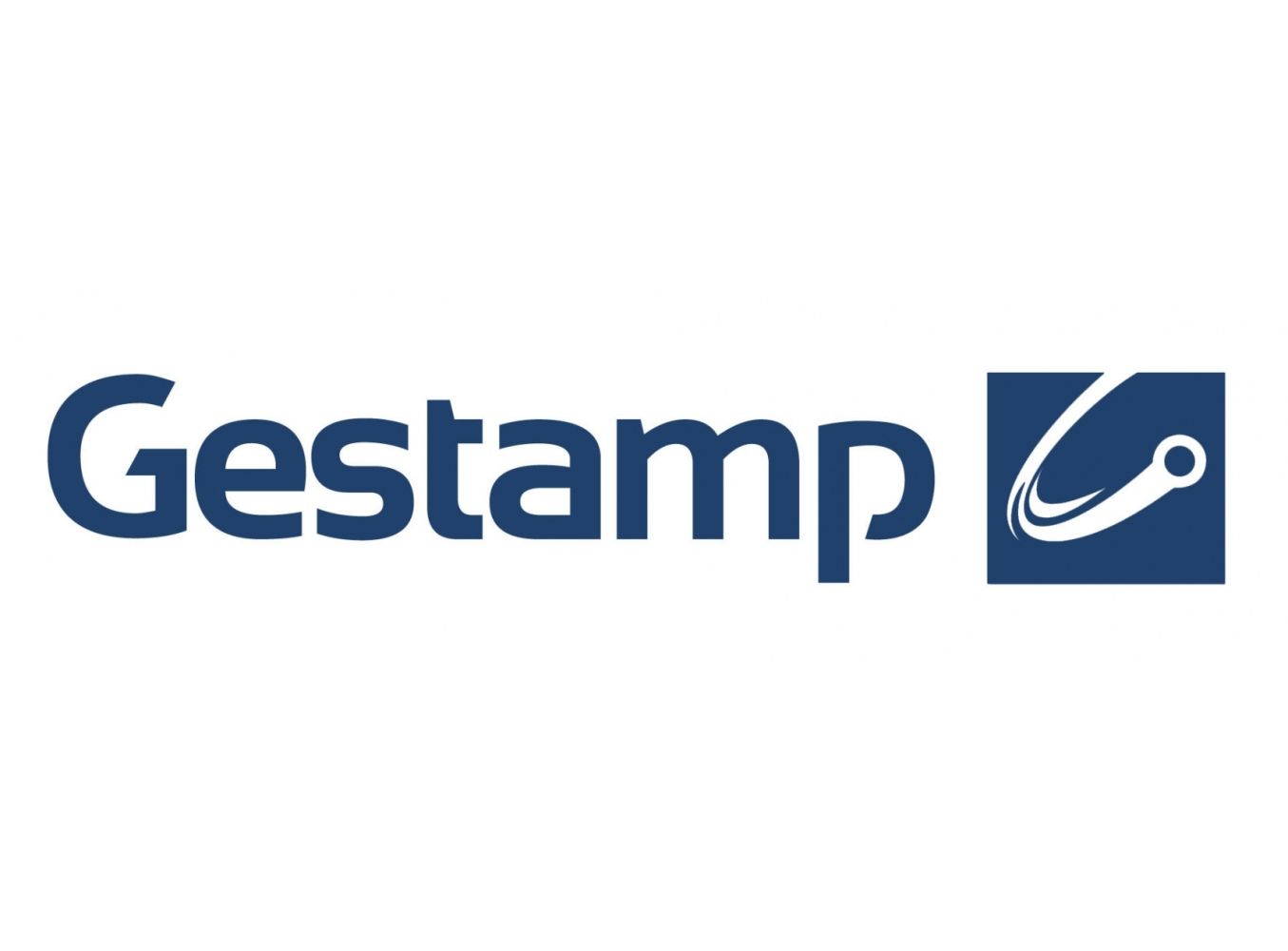 |
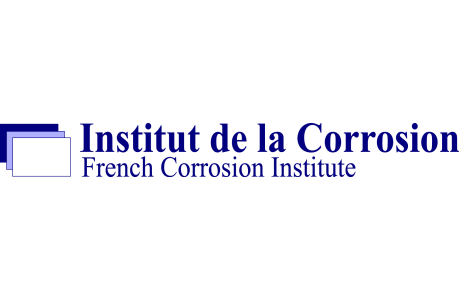 |
|
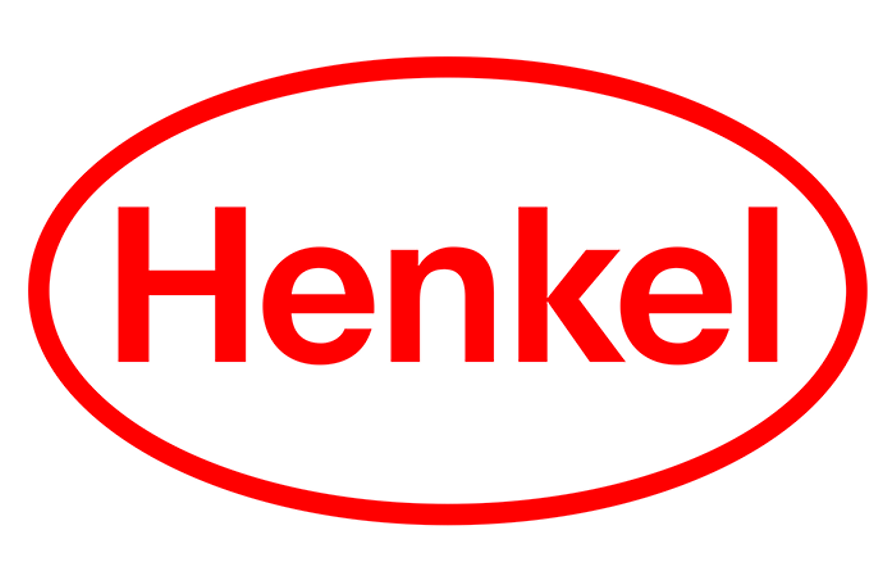 |
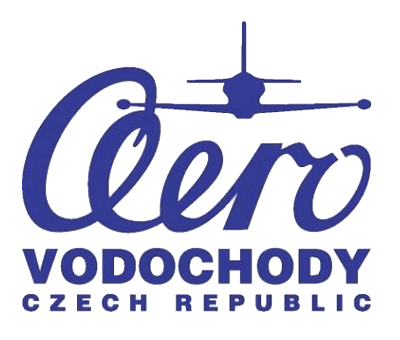 |
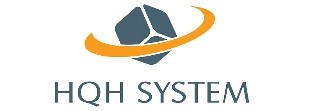 |
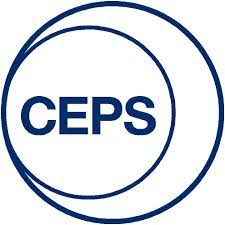 |
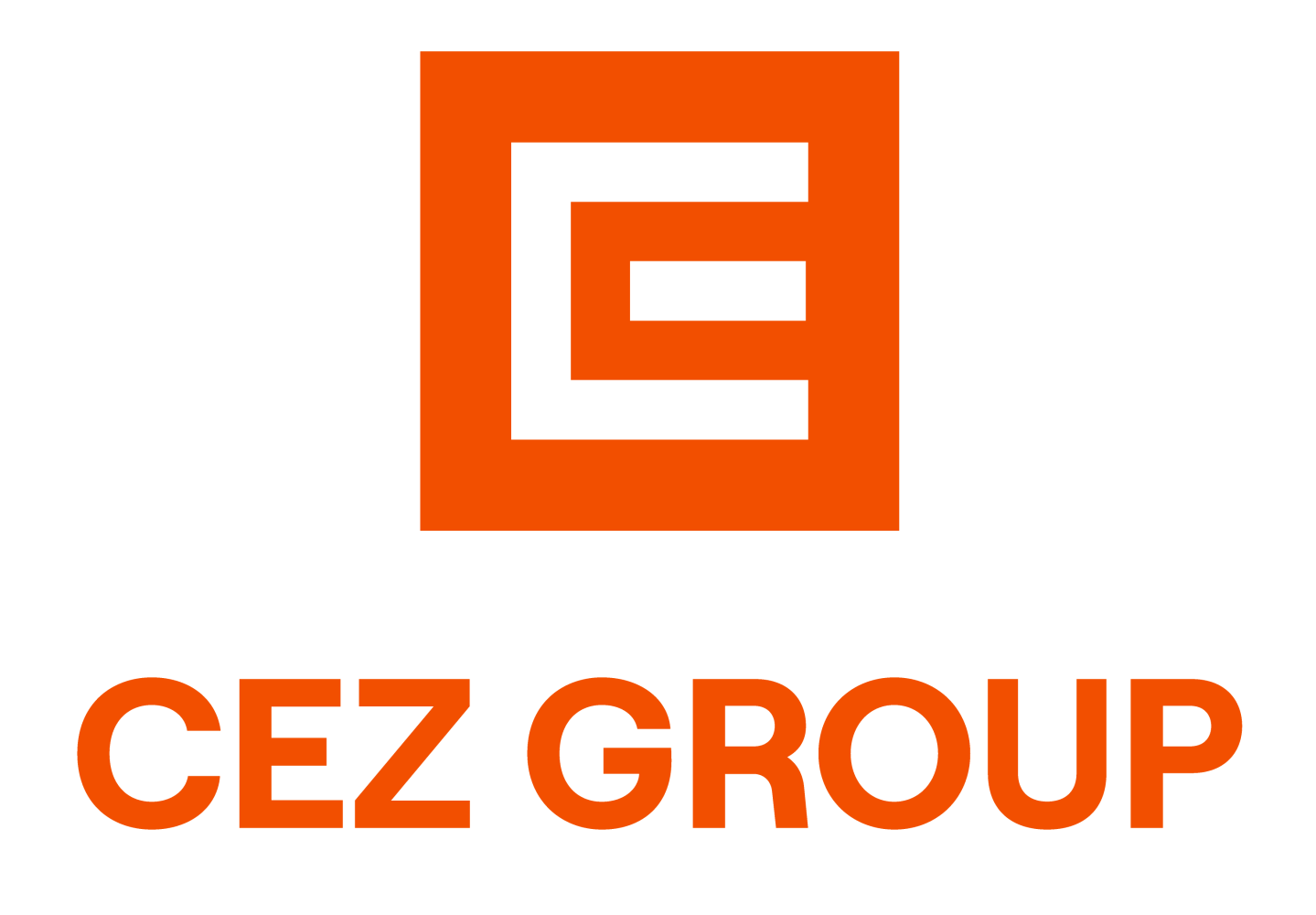 |
|
|
 |
|
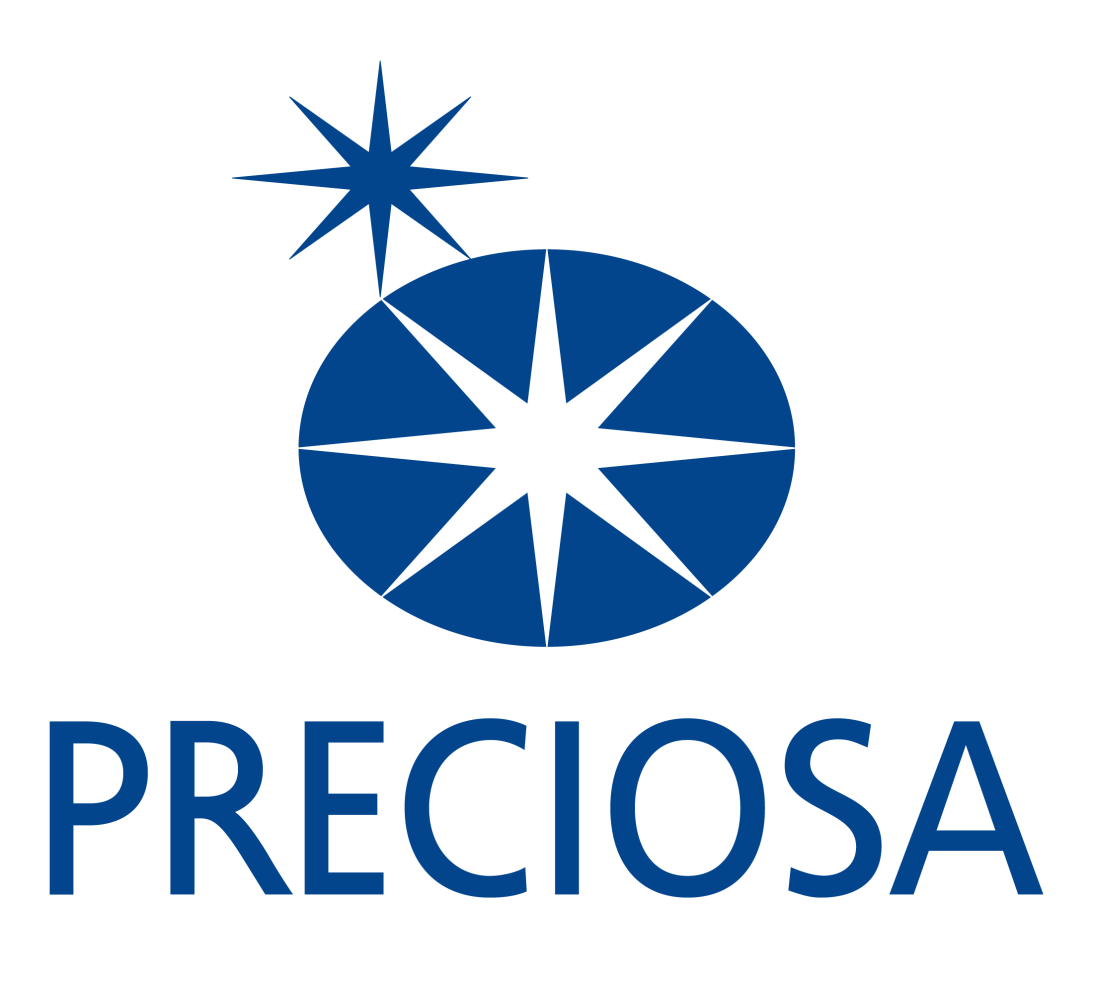 |
|
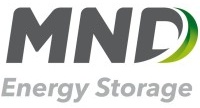 |
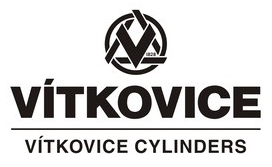 |
|
 |
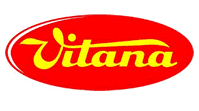 |
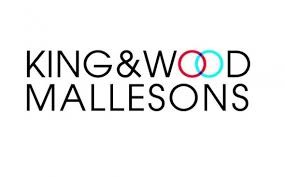 |
 |
|
|
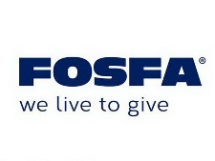 |
|
|
|
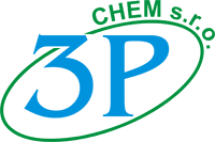 |
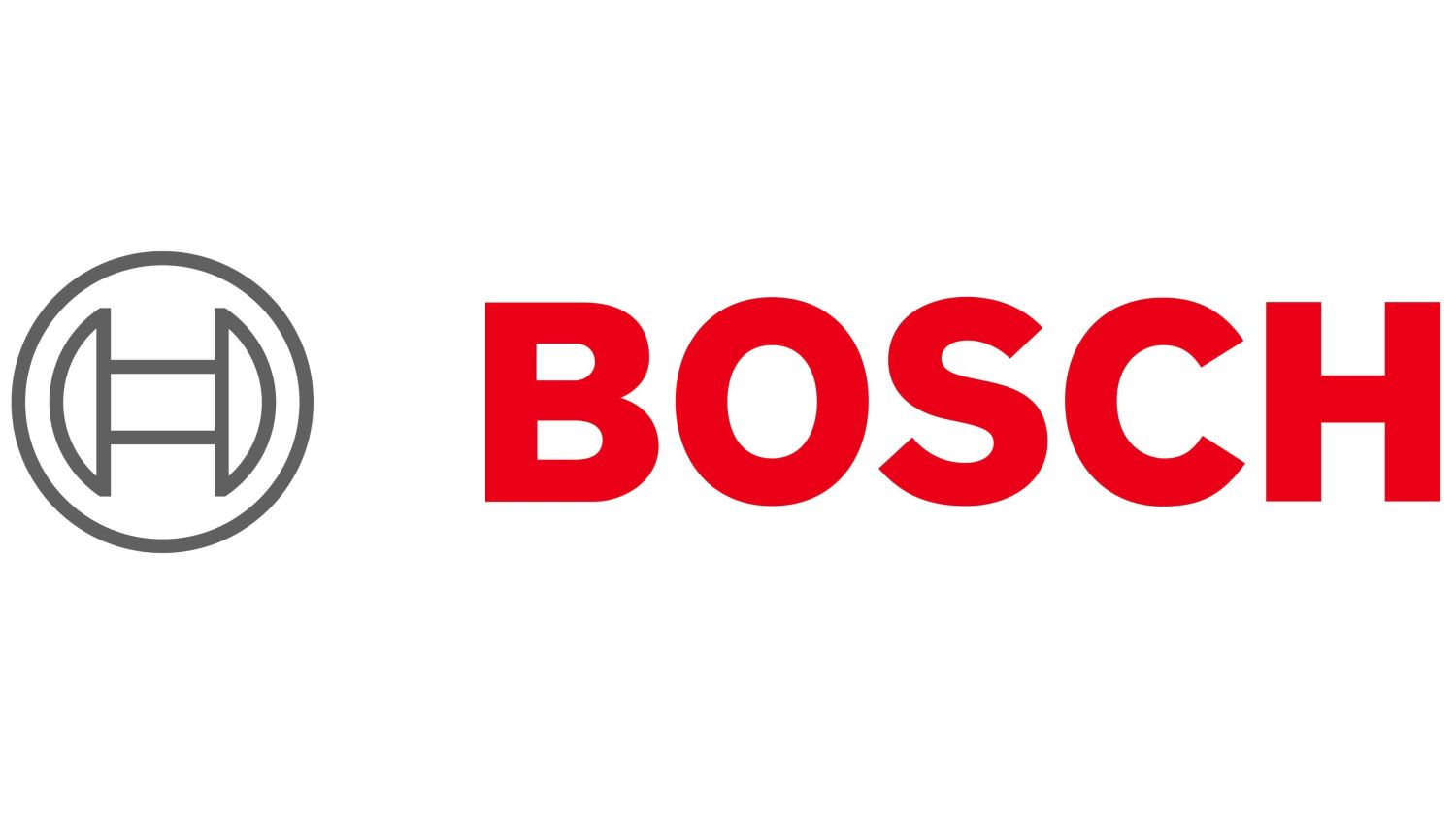 |
 |
Key equipment
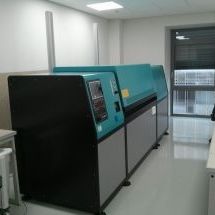 |
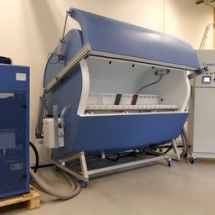 |
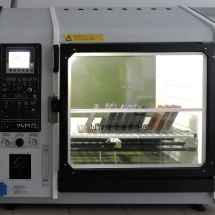 |
| Automatic corrosion chamber VLM ClimaCorr CC 1000 TL with a capacity of 1000 liters for cyclic corrosion tests with temperature range -40 to 80 ° C | ControlArt Type 2 automatic corrosion chamber of 2000 litres for cyclic corrosion tests with both spray and rain pollution capabilities. | Corrosion chamber VLM CCT 400 FL I for neutral salt spray and condensation tests. |
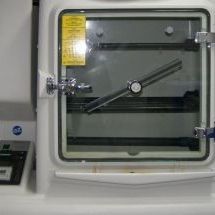 |
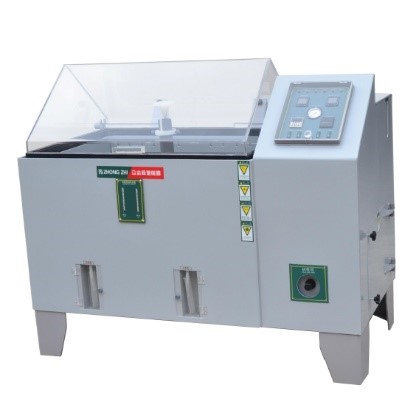 |
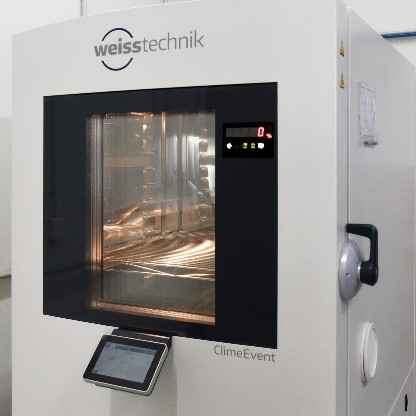 |
| Liebisch KB 300 corrosion chamber for tests in presence of sulphur dioxide (e.g., Kesternisch test) and condensation tests | Corrosion chambers Zhong Zhi CZ-90A, one dedicated to the Copper-Accelerated Acetic Acid Salt Spray (CASS) test | Climatic chambers Weiss C600/70/3 with volume of 600 litre allowing for relative humidity and temperature control from –77 to 150 °C, e.g. for tests PV 1200 and PV 1209 |
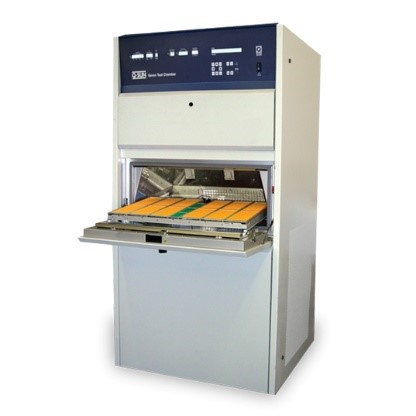 |
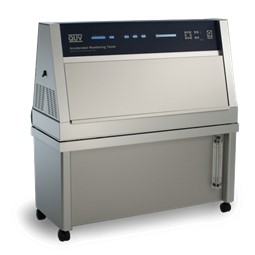 |
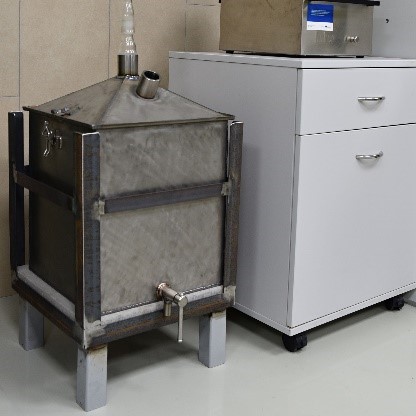 |
| Chamber Q-Sun Xe-3 for simulation of outdoor and indoor weathering of organic materials by sun irradiation with xenon arc | Chamber QUV LU-8047-TM for accelerated weathering of materials by UV irradiation with ultraviolet (UV) fluorescent lamps | Unique titanium cell with volume of 100 litre for tests of material susceptibility to stress corrosion cracking in boiling magnesium chloride (ASTM G36) and sodium chloride (ASTM G123) |
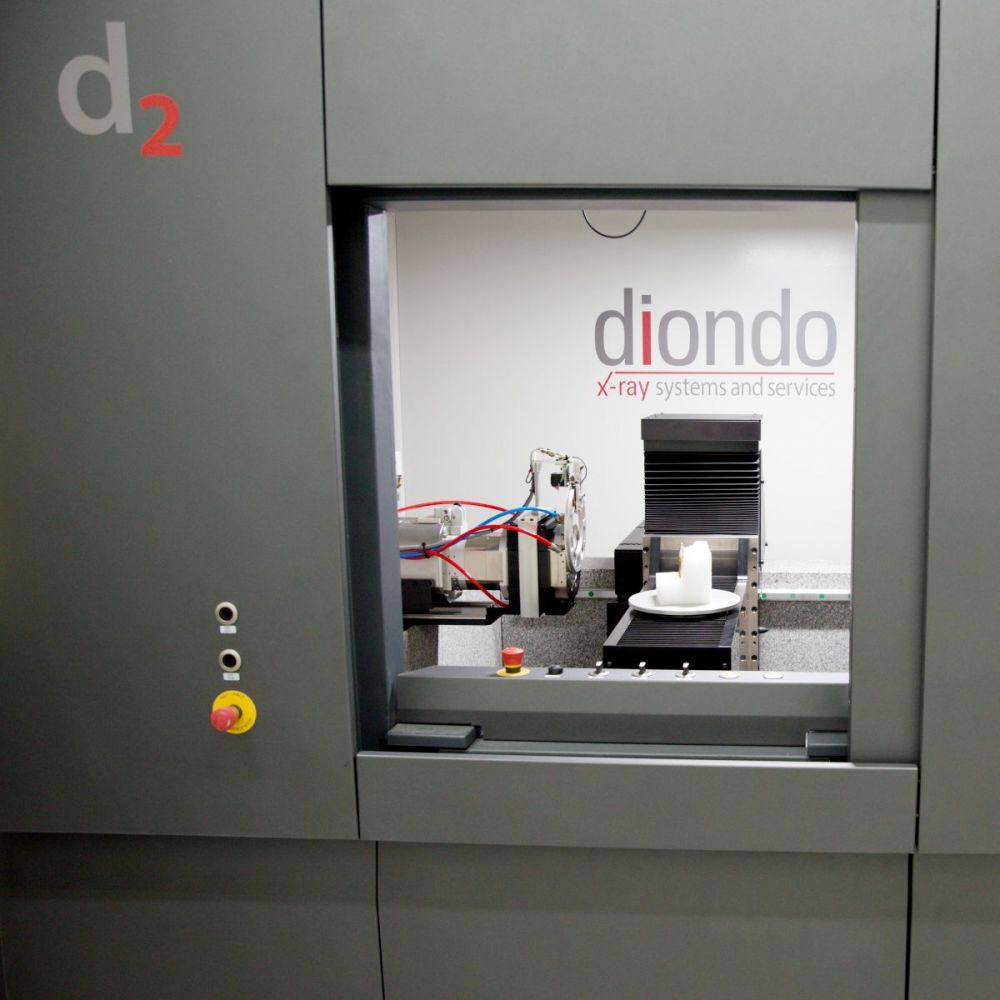 |
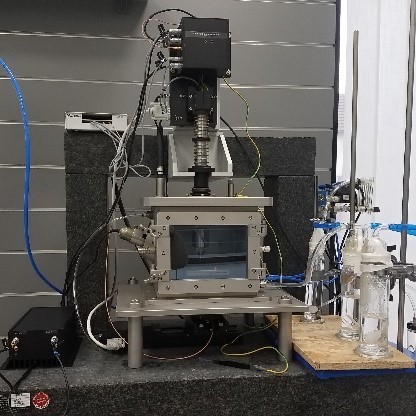 |
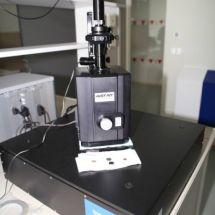 |
| X-Ray micro tomograph Diondo d2 with high resolution and integrated systems for mechanical loading and temperature and relative humidity control | Scanning Kelvin probe (SKP) Wicinski-Wicinski for electrochemical measurements under atmospheric conditions | AIST-NT SmartSPM 1000 atomic force microscope (AFM) with Kelvin Probe (SKPFM) |
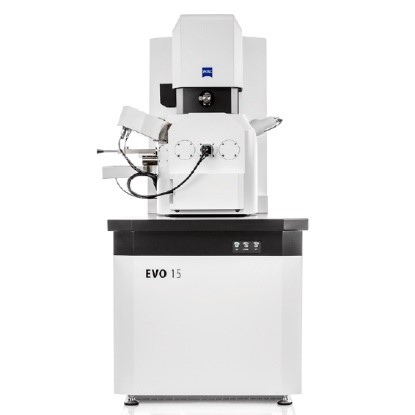 |
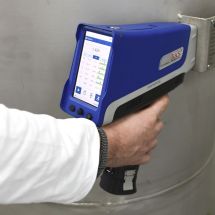 |
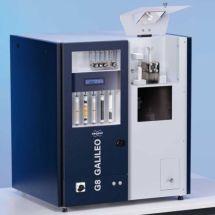 |
| Scanning electron microscope (SEM) Zeiss EVO15 with energy dispersive (EDX) analyser |
Portable x-ray fluorescence spectrometer (XRF) Olympus Vanta for precise elemental analysis of most metallic materials |
Analyser of elemental hydrogen, nitrogen and oxygen in materials based on fusion in inert gas, Bruker G8 Galileo |
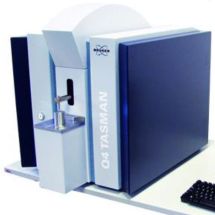 |
|
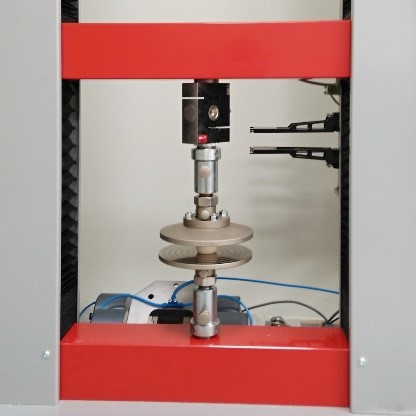 |
| Optical emission spectrometer Bruker Q4 Tasman for precise analyses of elemental composition of metallic materials |
Potentiostats Biologic SP-200 for electrochemical measurements including electrochemical impedance spectroscopy |
Universal testing machine UTS-E50 performing tensile, compression, bend, peel and tear tests with the maximal load of 50 kN |
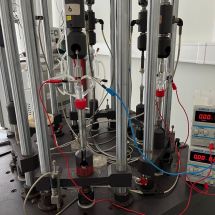 |
|
|
| Slow strain rate testing machine with six posts |
Autoclave for exposure tests under high pressure of hydrogen and other gasses at teplerature up to 200 °C |
Additional equipment
- Resistometric sensors and measuring units.
- Optical microscopes and photographic equipment for sample documentation.
- Digital dew point meter OPTIDEW Vision.
- Devices for determining properties of organic coatings: thickness, impact resistance, bending resistance, adhesion (pull-off test), hardness.
- Automated metallographic polisher ATA Saphir 520.
- Ion chromatograph.
People
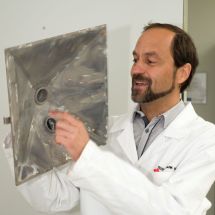 |
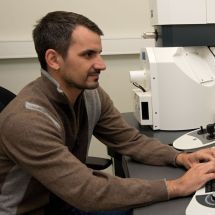 |
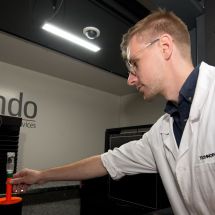 |
|
Dr. Tomáš Prošek Metallic and organic coatings, corrosion monitoring |
Dr. Václav Šefl Corrosion in oil & gas, stainless steel, consultancy services |
Dr. Jan Švadlena Protection of cultural heritage, tomography |
 |
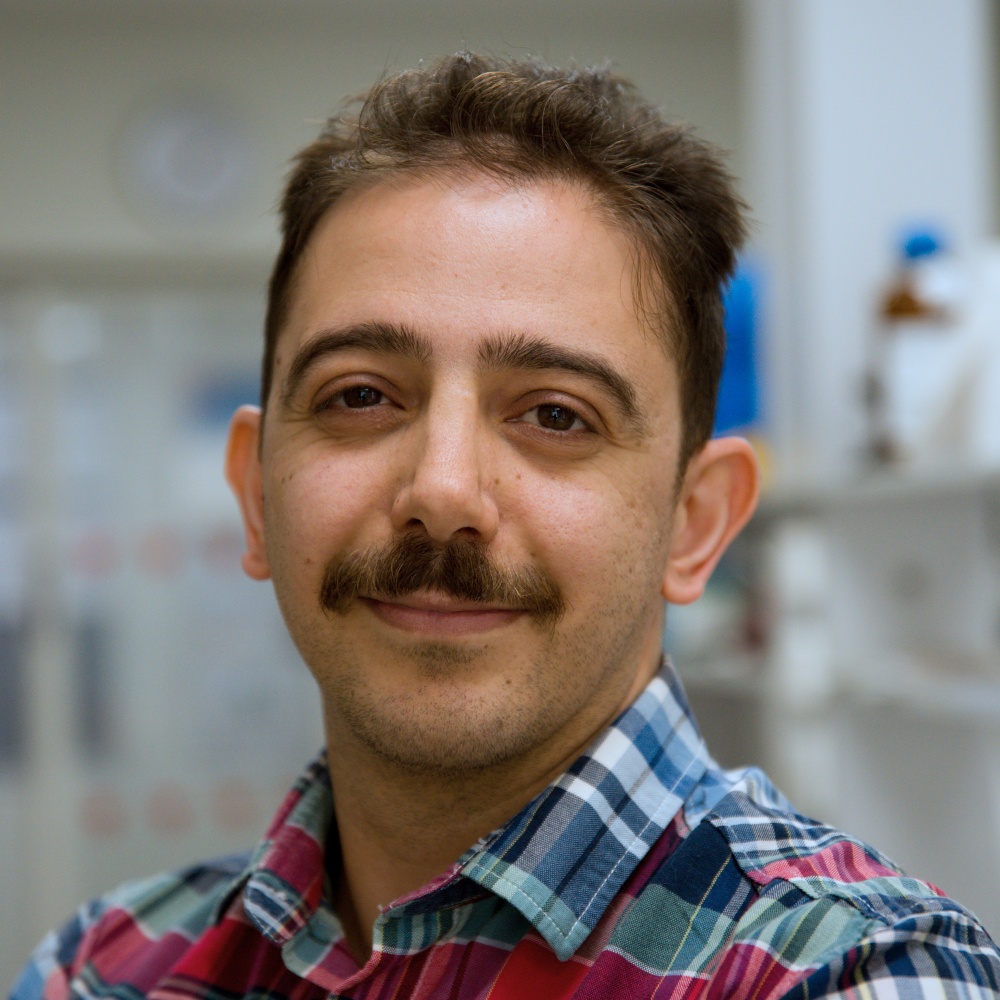 |
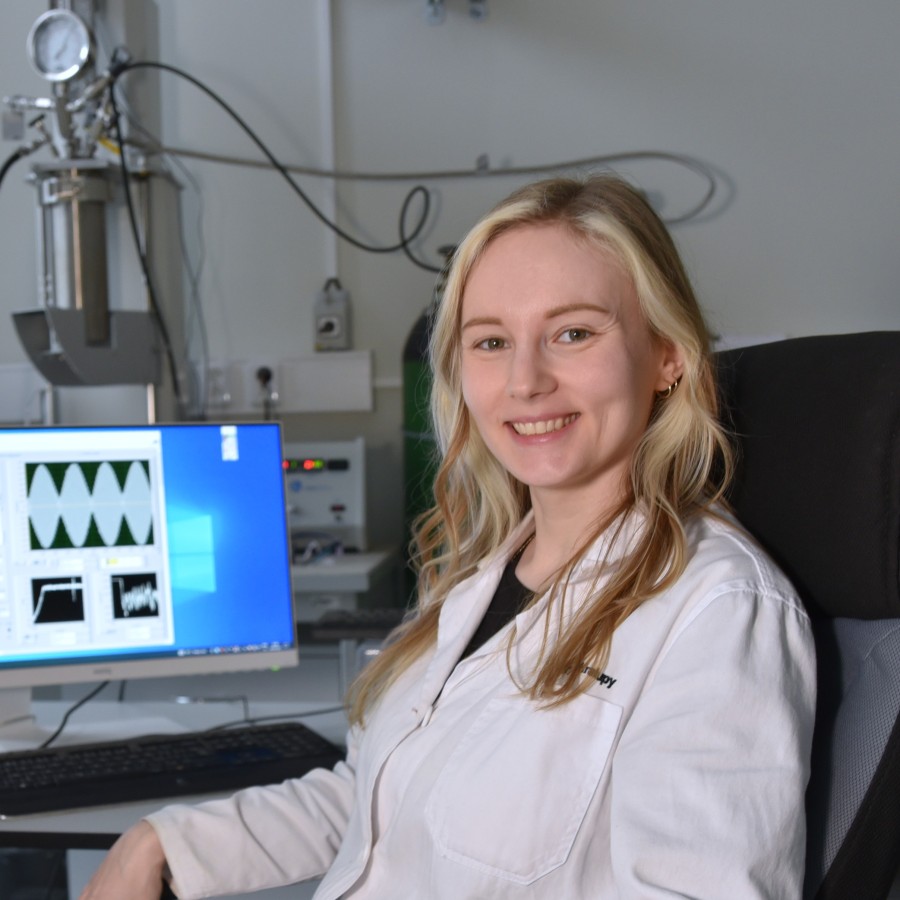 |
|
Researcher High strength steels and hydrogen embrittlement, AFM, SKP |
Dr. Mehrdad Zia Hoseinpoor Long-term stability of coil coated steel, electrochemistry |
Kateřina Žambochová Consultancy services, quality control |
|
|
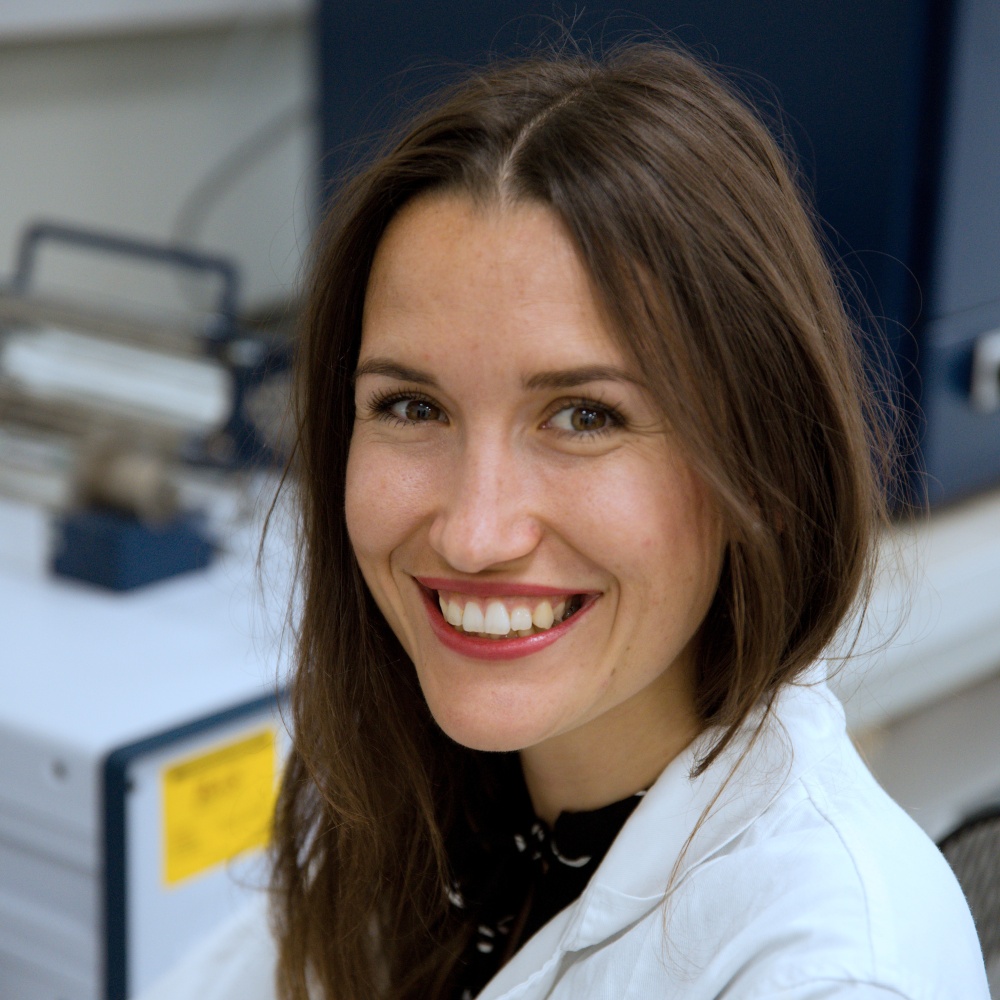 |
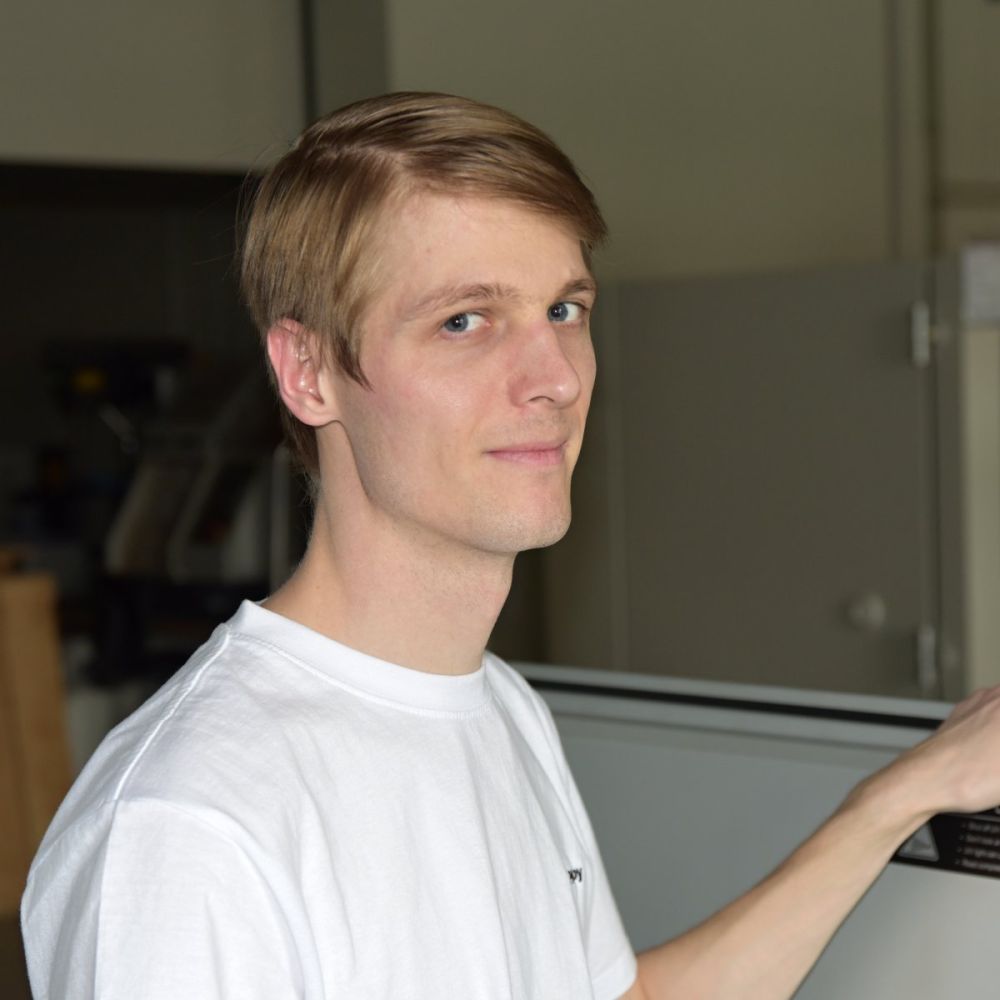 |
|
Nikola Macháčková Researcher Hydrogen embrittlement, attomotive |
Klára Kuchťáková Researcher Hydrogen embrittlement, gas industry |
Jakub Padevět Corrosion and material testing |
|
|
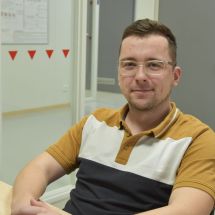 |
|
|
Terezie Košová Altnerová Researcher Microstructure and hydrogen embrittlement of aluminium alloys |
Tomáš Kročil Researcher Metallic coatings for automotive applications |
Matěj Reiser Researcher Corrosion monitoring |
Contact
Department of Metallic Construction Materials
Technopark Kralupy of the University of Chemistry and Technology Prague
Technopark Kralupy VŠCHT Praha
Náměstí G. Karse 7
278 01 Kralupy nad Vltavou
Czech Republic
kovy@technopark-kralupy.cz
Phone: +420 220 446 104, +420 723 242 413
© 2017–2025 Technopark Kralupy

